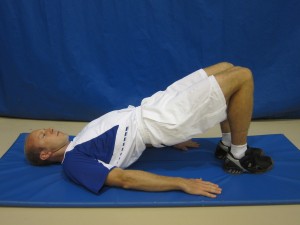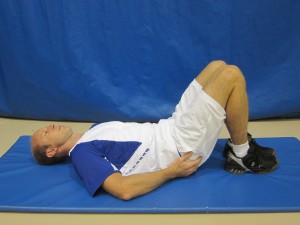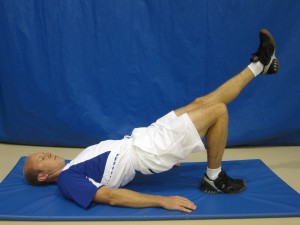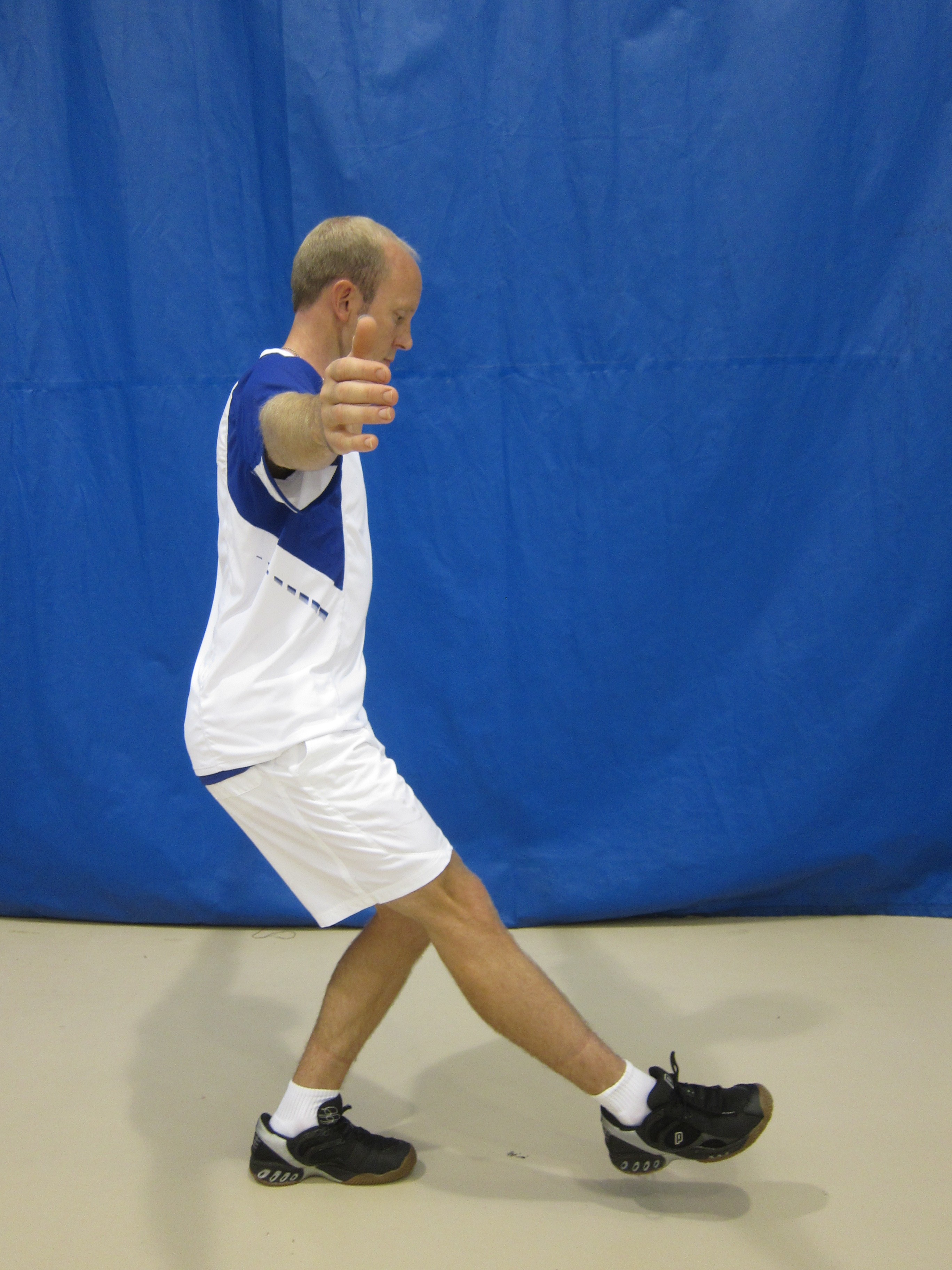By Damon Leedale-Brown, Sports Scientist & Conditioning Specialist
In the last article we discussed the concepts of core training, and highlighted some common exercises that, in most circumstances, are not the best choice in helping develop a strong core and healthy back for athletic performance.

Now we will begin to look at a structured and progressive approach to core training, and over the next series of articles begin to introduce exercises that are better choices in the development of core strength for long term back health and performance on the squash court.
As with any form of training it is important to follow a structured approach to core training that provides an appropriate level of challenge to each individual relative to their current level of core strength and back health. Many problems arise when athletes jump into training at levels way beyond their current physical and structural capabilities. This normally means that poor movement patterns are simply reinforced at higher loadings providing an ideal environment for injury. Poor exercise choice on the part of a trainer, or an aspiring athlete randomly selecting the latest exercise of the month from a fitness or health publication, is often the catalyst to incorrect form and movement! The exercise itself could be perfectly fine at some stage in the athlete’s development, but at this particular time may be too advanced for them. Wherever you think you are, my advice is to start your core training at Level 1 and then progress at your own pace relative to your athletic abilities.

Level 1—Introduce corrective exercises which help to establish perfect technique and correct patterns of movement
A common starting point for squash players and athletes is retraining their ability to activate the gluteal muscles (or, more simply, be able to contract the butt muscles!). Many athletes with lower back issues have a tendency to use the hamstrings to help extend the hip instead of their glutes which, in turn, increases the load on the spine. The back bridge (or supine bridge), as shown in Figure 1, is an effective exercise to help athletes relearn to use the glutes and avoid using the hamstrings in hip extension movements. This in turn helps to unload the forces through the back that are contributing to pain, stiffness and soreness.
Try this exercise yourself and see if the hamstrings are active (contracting) or relaxed. If the hamstrings are working this will often result in discomfort in the lower back area after only a short duration holding the bridge position. If it helps you can get someone to palpate (touch) the hamstrings when you come into the bridge position to give you feedback on how active or relaxed the hamstring muscles are.
If your hamstrings are dominating this movement then start by learning to activate the glutes without bridging from the floor. Focus on “squeezing” the buttocks and place your fingers on your glutes to feel the level of contraction (see Figure 2). Only when you have mastered this stage would you begin bridging off the floor—focusing on maintaining the glutes contraction through the full range of movement. Hold the bridge position for approximately 10-15 seconds and then build endurance in this movement by increasing the number of repetitions rather than the duration that you hold the position for.

Once you have perfected the basic bridge and can perform 4-6 reps of 10-15 seconds, then try and maintain the dominance of the glutes while performing a one legged bridge (see Figure 3). Focus on pushing the single foot down into the floor and squeezing the glutes almost as if you were trying to make a hard fist! Again building up to holding the single legged bridge for 10-15 seconds on each side and look to gradually increase your number of reps over a period of a few weeks.
By helping to improve and correct the mechanics of your hip extension movements these bridging progressions are a perfect lead into the development of good squatting technique which was discussed in a previous article (Oct. 2009). The exercises shown in this article will provide you with an excellent start to improving your hip mechanics, developing core stability and protecting the back. In the next article we will move on to Level 2, which will focus on developing stability of the lower back with a series of three simple exercises.
Have fun squeezing those glutes!


